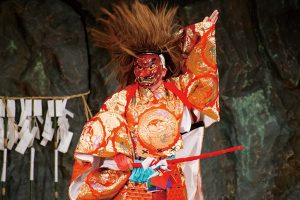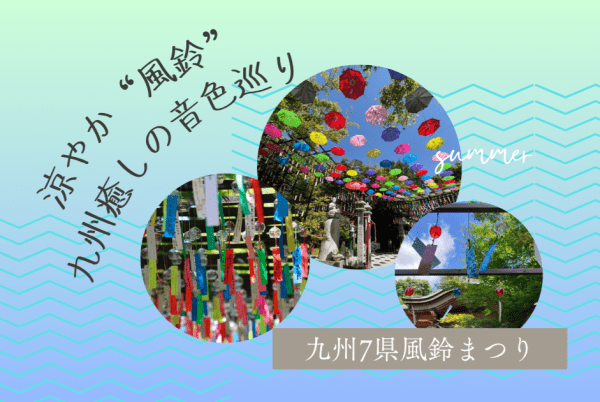Lord of Takanabe
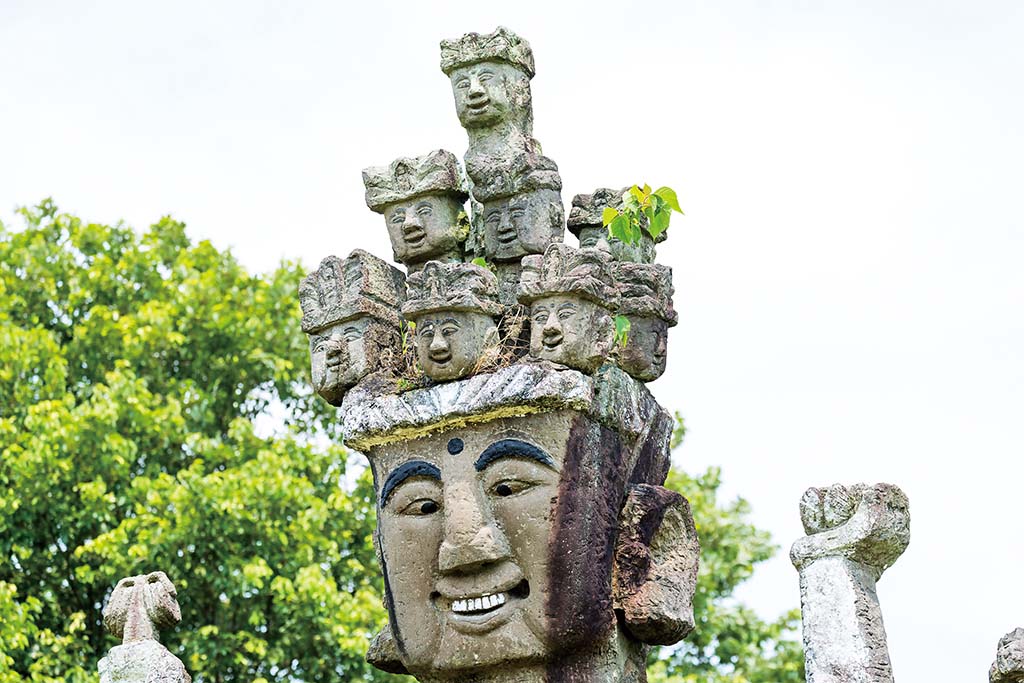
A mysterious "rare 100 sceneries" that you will see in your travels.
It's not a certain TV show, but it still bothers me when I see it.
Hidden in Miyazaki's 100 Unknown Rare Sceneries
Let me introduce you to a profound story.
Full power beyond hetauma!
Over 700 pieces of carvings have been carved! Gods, Buddhas, and neighbors are enshrined together!
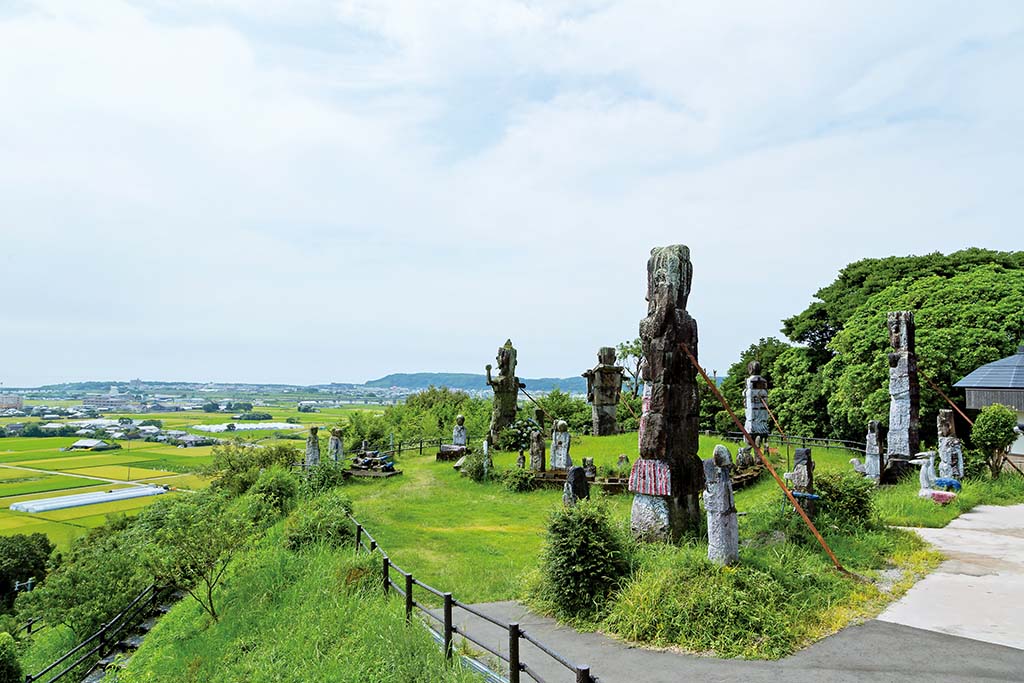

Less than a 10-minute drive from the center of Takanabe Town in north-central Miyazaki Prefecture, a group of strange stone statues stand in a row atop a small hill called "Hanamoriyama. There are nine of them, each about 6 meters high. They are so roughly shaped that they look as if they were cut out of stone and pieced together. The workmanship is like that of an elementary school student's arts and crafts project. And yet, they are somehow humorous and generous. Yes, this is "Takanabe Daishi.
To be precise, there are more than 700 stone statues of various sizes called Takanabe Daishi. In addition, stone Buddha statues, clearly the work of professionals, are scattered around and beside the stone steps. In fact, the Takanabe Daishi was originated from the "faith" of a man named Yasuyoshi Iwaoka. Born in Kagawa Prefecture in 1889, he became very successful as a young man in the rice sales business in Takanabe. He eventually made a pilgrimage to his hometown of Shikoku and decided to establish 88 sacred sites in Takanabe. He purchased the site and invited a Buddhist priest from Oita to create 88 stone Buddhas.
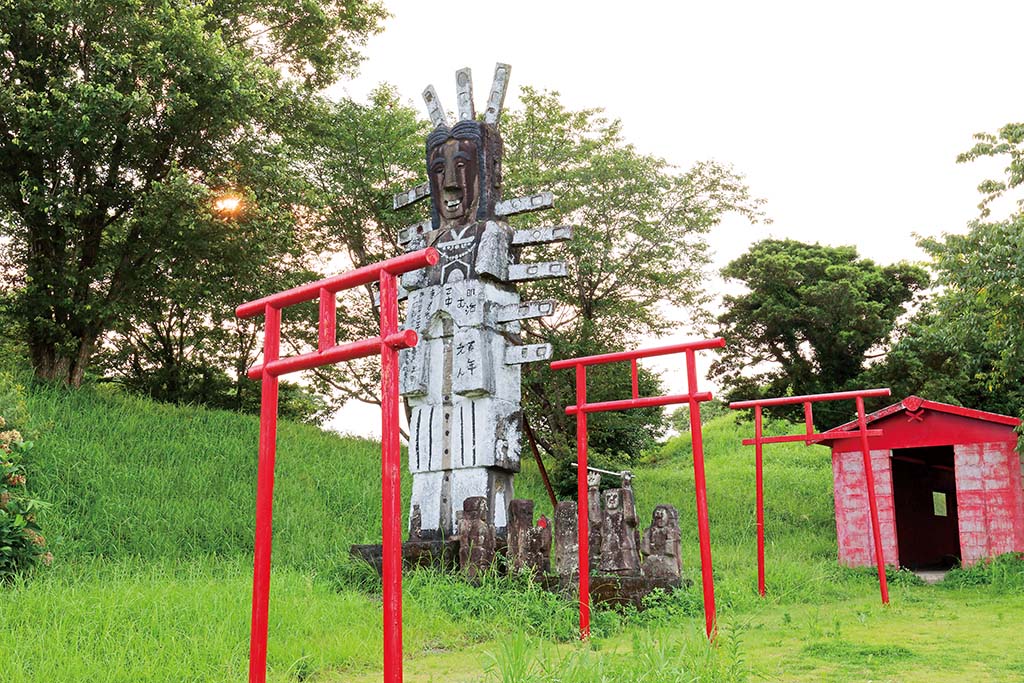
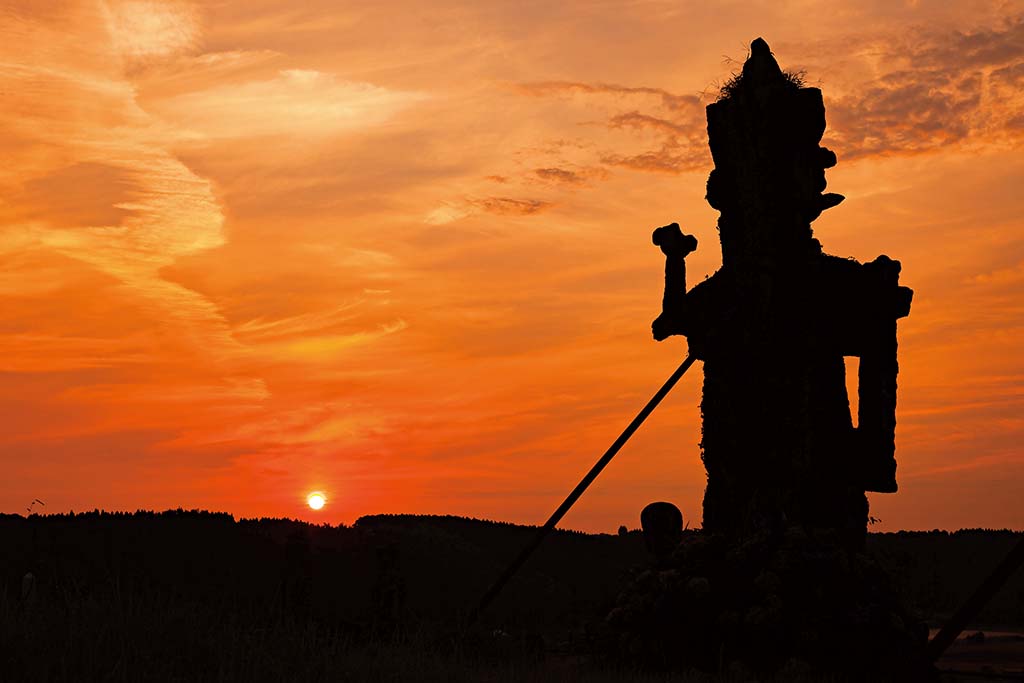
But it did not end here. After attaining enlightenment at Koyasan, he began making stone Buddhist statues himself. He was deeply distressed by the theft of the surrounding Mochida burial mounds, and wanted to comfort the spirits of the burial mounds. Of course, there are no fundamentals of carving techniques. What there is is enthusiasm, belief, faith, and a sense of justice. He cut, shaved, and colored the stones, and carved inscriptions in a mixture of hiragana, katakana, and kanji.
Since then, until his death at the age of 87, he continued to create as his heart dictated. There are "Hyakutai Fudo (One Hundred Torso Fudo)" and "Juichimen Kwannon (Eleven-Faced Kannon)," as well as "Susanoo no Mikoto" and "Amaterasu no Omikami. It is truly a combination of Shintoism and Buddhism. And then, there is a group of Komon-sama with "Oyakame (parent turtle), kokame (child turtle), and sotogame (grandchild turtle)" by their side! It is surreal. A stone statue inscribed with "Chizuko Tanabe, 47 years old" made me wonder, "Who the hell is Chizuko Tanabe? I was also struck by another stone statue with the name, age, and date of what appeared to be a younger sibling.
Well, perhaps Yasuyoshi Iwaoka continued to make stone statues to comfort the spirits of his neighbors and relatives whenever they passed away. He was not a flattering artist. However, the warmth and generosity of his power in the midst of his bad work is what attracts people to him. This is what makes Takanabe Daishi and Yasuyoshi Iwaoka's work so special.
Lord of Takanabe
| name | Mochida, Takanabe-cho, Koyu-gun, Miyazaki Contact: NPO Takanabe Town Tourist Association ☎ 0983-22-5588 |
|---|---|
| Access | 5 minutes from Takanabe IC of Higashi-Kyushu Expressway |

